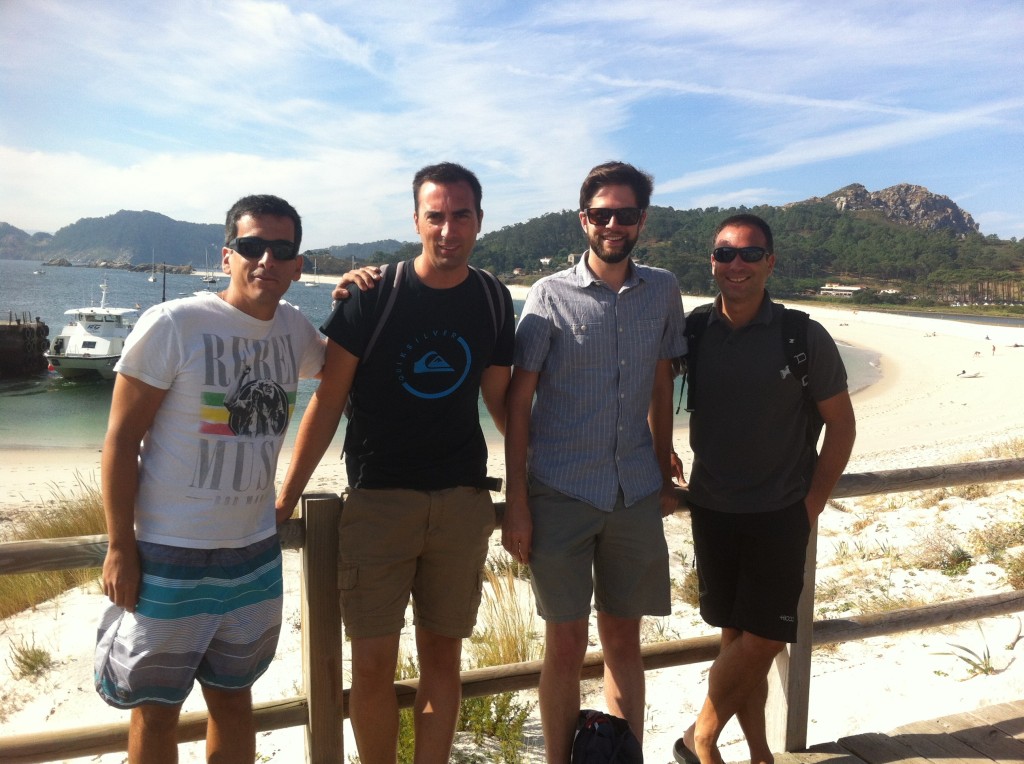This work came up on a solid and long-lasting collaboration between four institutions (from Spain, Mexico, Netherlands and Switzerland). This collaboration focussed, to a large extent, on investigating the ecological drivers and consequences of species interactions in natural or agro-forestry systems. Our research has focused on understanding the role of “bottom-up” factors (e.g., variation in plant nutrients or defensive traits) in shaping insect abundance and herbivory, as well as the influence of “top-down” factors on insect herbivory (i.e., interactions occurring across three trophic levels between plants, insect herbivores and predators). We developed the main ideas of this study during a meeting in Galicia (northwestern Spain) in 2019.

A large body of research has demonstrated that herbivores negatively impact plant fitness. Early on, it became well established that herbivory can directly cause strong reductions of plant growth, survival, and reproductive output. However, it was later realized that herbivory could also affect plant fitness indirectly by influencing other plant-associated mutualistic or antagonistic interactions. A notable example of this comes from research demonstrating that herbivores can affect plant reproductive traits, pollinator visits to flowers and in turn (indirectly) affect plant reproductive success. However, we realized that the outcome of these indirect effects was very variable, with some studies showing no evidence of herbivory effects on pollinators and/or plant fitness, whereas other have reported positive effects on pollinators and plant fitness or mixed patterns depending on the herbivore or pollinator species considered.

Although these indirect interactions were potentially widespread and have been relatively well studied, there was yet no consensus on the overall tendency and mechanisms of herbivore indirect effects on pollinators. Therefore, during our meeting in Galicia we thought that by simultaneously addressing the impacts of multiple species and types of attackers on floral traits (e.g., volatile organic compounds, “VOCs”) and their impacts on plant fitness, we could improve our understanding of plant trait-mediated interactions at the community level and emphasizes the role of VOCs in driving such effects.

After finishing our work, we provide strong evidence for effects of herbivore feeding on floral VOCs emissions, and its likely link to reduced pollinator attraction and its resulting negative effects on plant reproduction. However, in the future we will assess molecular-level changes associated with plant defence signalling pathways underlying herbivore effects on floral VOCs emissions. In addition, we will also study the effects of simultaneous or sequential attack by multiple plant antagonists. This would provide insight into plant-mediated interactions under more realistic ecological scenarios of multi-species interactions at the community-level. While some plant enemies may not exert independent influences on floral VOCs and plant-pollinator interactions, in combination with other attackers there could be non-additive effects on floral traits and pollinators. These will be our future research lines.

Read the full paper entitled ‘Insect herbivory but not plant pathogen infection drive floral volatile-mediated indirect effects on pollinators and plant fitness in Brassica rapa’ by Xoaquín Moreira, Luis Abdala-Roberts, Rieta Gols, Beatriz Lago-Núñez, Sergio Rasmann, Gregory Röder, Pilar Soengas, Carla Vázquez-González and María Elena Cartea here: https://besjournals.onlinelibrary.wiley.com/doi/full/10.1111/1365-2745.14242

